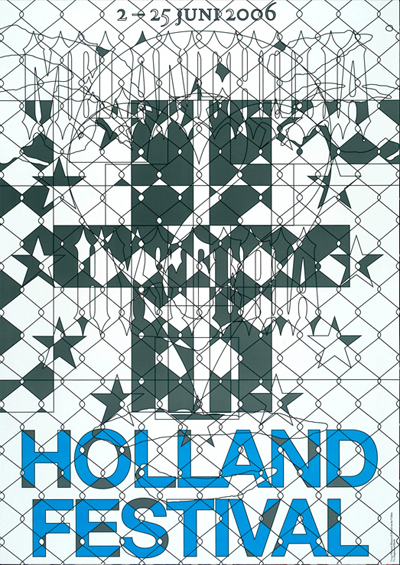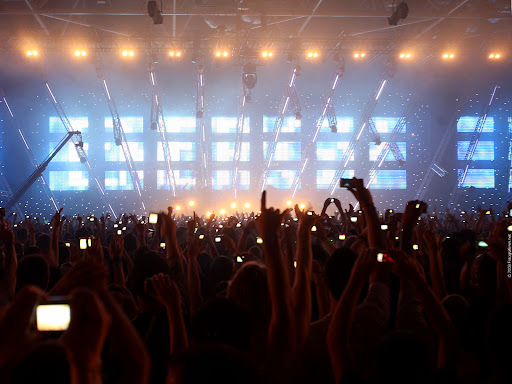The Dutch culture is rich, dynamic and vivid especially in arts and expression.
People
The Dutch are passionately liberal and believe that people are free to do whatever they want so long as it does not inconvenient others. The Calvinist tradition have an influence of Dutch character as see themselves as sober, hardworking, level headed and to a certain extent unable to enjoy themselves without feel guilty. Netherlands is crowded and people tend to be more reserved with strangers. They treasure their privacy as it is a rare commodity but this does not mean they are antisocial. Many Dutch live independent and busy lives and live on strict schedules. Socializing is usually done at home through clubs and in circles of old friends which can make it difficult for foreigners to "break in". The Dutch do not just invite anybody to their home but if they do, it will mean you're a friend for life.
The Netherlands is a world leader in the field of art and culture. The arts, in every form, flourish in a country that has outstanding museums and an impressive variety of classical and innovative music and theatre.
Arts
The Dutch take justifiable pride in what their art. Much of which can be admired in the museums of Amsterdam, The Hague, Leiden, Utrecht, Haarlem and Rotterdam. In fact Holland has almost 1000 museums and is the country with the highest density of museums in the world. Some of the famous museums are Rijksmuseum and the Vincent Van Gogh museum in Amsterdam, the Museum Bojimans-Van Beuningen is Rotterdam and Mauritshuis in the Hague.
Famous painters include Hieronymus Bosch, Rembrandt van Rijn, Frans Hals, Johannes Vermeer and Vincent Van Gogh.
One of Van Gogh's famous paintings.
"Starry nights"
Rembrandt. "Night watch"
Contemporary Dutch artists such as Ger Van Elk, Marlene Dumas, etc... are also well represented in international events such as the Biennale in Venice and the Documenta in Kassel.
MusicThe Dutch also treasure music and in the Netherlands there are many orchestras, based in towns and cities throughout the country. Thus today the Royal Cocertgebouw Orcherstra in Amsterdam and the Residentie Orchestra in The Hague are two of the finest and famous ensembles in the world. Opera flourishes in the Netherlands. There are several music festivals in the Netherlands such as the Holland festival, a renowned music festival held in Amsterdam in June yearly. There is also the Early Music Festival held annually in Utrecht that features medival and baroque music and the North Sea Jazz Festival that is the largest and famous jazz festival in Europe.
Architecture and DesignThe Netherlands is renowned for their architecture. No fewer than 50 000 buildings are listed monuments. Amsterdam's 17th and 18th century canal-side houses are world famous. Well known architects include Aldo van Eyck, Herman Hertzberger, Wim Quist, Pi de Bruyn, Rem Koolhaas and Jo coenen. The simplicity of Dutch design is reflected in a variety of everyday objects from postage stamps to waste bins, traffic signs, trains and office equipment. The Netherlands is seen as a mecca for artists. It attracts many young designers, architects and artists who come especially to Amsterdam to work in a climate of artistic freedom, dialogue and innovation. Creativity is what counts in the Netherlands.
 Amsterdam's "dancing houses" of falling architecture
Amsterdam's "dancing houses" of falling architecture
LiteratureThe Netherlands has a rich literary heritage and has produced many well known writers. The influence of the middle ages, 17th century gave rise to many traditional epic tales and the birth to many acclaimed writers.
Post war literature was long dominated by three eminent novelists mainly Williem Frederik Hermans, Harry Mulisch and Gerard Reve. Also the popular Diary of Anne Frank.
FilmThe Netherlands has a relatively small film industry, which produces around 20 feature films a year, some in association with other countries. A few have won international awards. In 1996, Marleen Gorris won an Oscar for Antonia's Line and Mike van Diem did the same for Character in 1998. There are also several film festivals held in the Netherlands such as Rotterdam International Film Festival every February, Amsterdam's International Documentary film festival every December.
DanceThe Netherlands is a world leader in the field of modern dance. The troupe of the Nederlands Dans Theater in Den Haag leaps to international audiences. The National Ballet in Amsterdam performs ballet from the classical repertoire but also the works for 20th century choreographers such as Van Dantzig, Van Maanen etc... The Hague's biennial Holland Dance festival features some of the most outstanding dance productions in the world. The Springdance Festival in Utrecht and the Cadance Festival in the Hague annually holds festivals that showcases modern dance.
Books used:
Ministry of Foreign Affairs, International information and Communication Division, The Hague (2004) Focus on the Netherlands

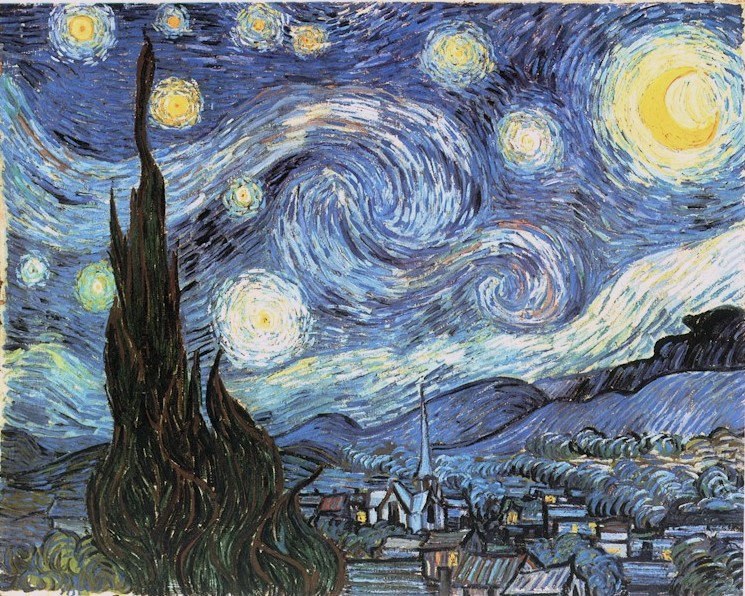










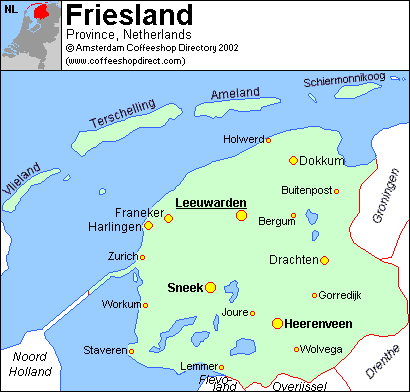


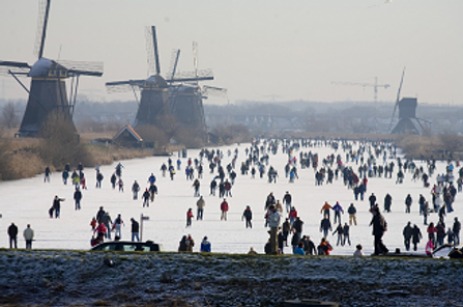

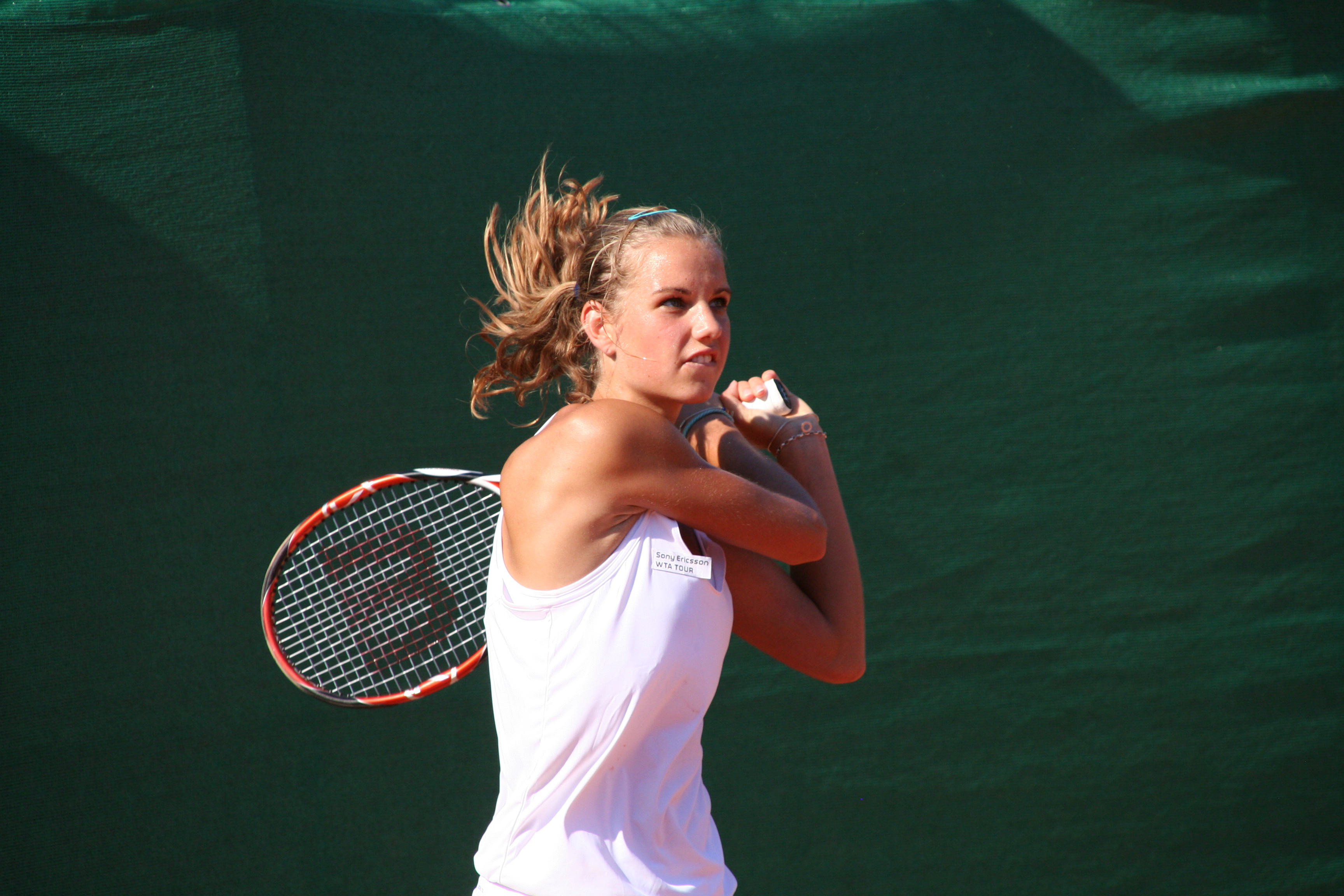


_107_jpg_415x700_q85.jpg)
